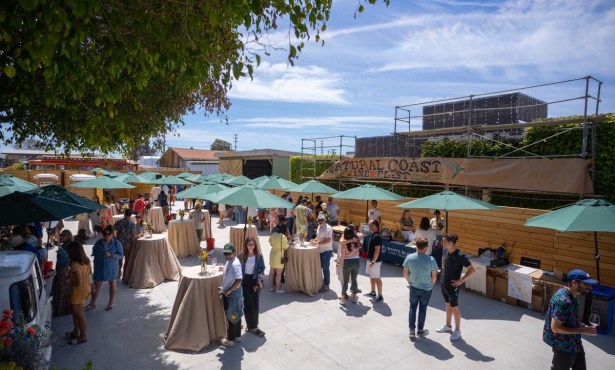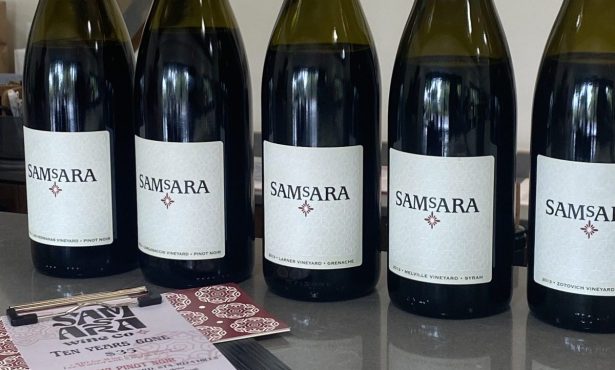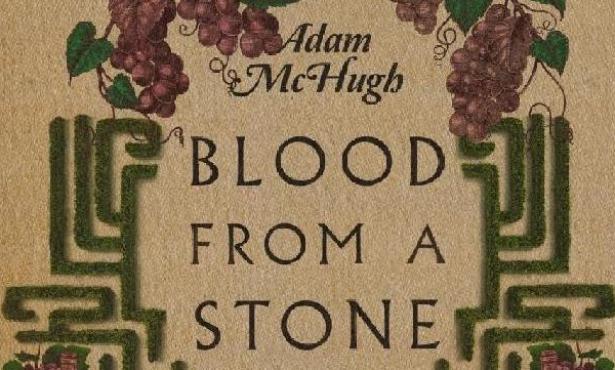Wine Country Critiques Revised Rules
Vintners and Neighbors Give Feedback on Proposed Winery Ordinance
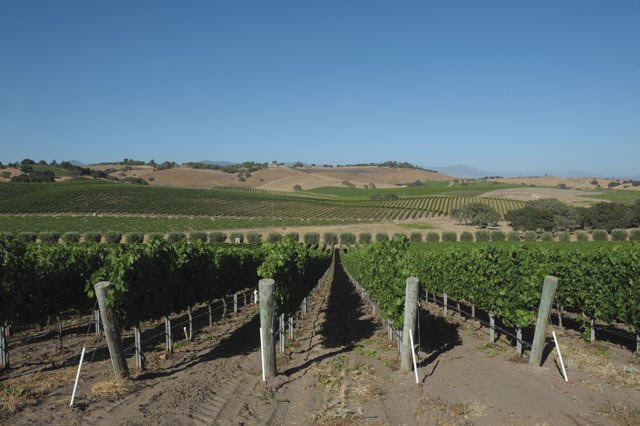
Though the first real rain in recent memory may have kept a few folks away, about 50 vintners and residents of Santa Barbara County’s wine country still came to St. Marks of the Valley Church in Los Olivos on Wednesday night to listen to and comment on a revised set of proposed rules for a new winery ordinance. The meeting was the latest in the multi-year process to update the county’s rules on permitting new wineries, whose steady expansion in recent years has caused many neighbors to fear loud parties, drunk drivers, and other perceived impacts to their rural quality of life.
Wednesday was the follow-up meeting to the initial presentation of ideas in August, when winemakers successfully got the county to wait until after the grape harvest to schedule the second hearing. That gave planners time to make some substantial changes to the proposed rules, and that work was recognized and appreciated on Wednesday by attendees.
But despite their efforts to bridge the gap between the freedoms that vintners want and the regulations that their neighbors want imposed, the feedback clung to the same refrain that’s been sung since this ordinance update process began more than a year ago: Many in the winemaking community believe the proposed rules will be unrealistic at best and overly onerous at worst, leaving only the wealthiest of would-be vintners to enter the business, while the neighbors, most vocally those of Ballard Canyon, want tighter controls on tasting rooms and special events, with assurance that violators will be punished.
As currently outlined, the new ordinance, which only affects properties under county control and won’t apply to existing wineries, unless major expansions are desired, will establish a tiered system. Applicants seeking just to build a winery must have at least two acres planted in grapes, and would only be allowed to have occasional industry tours of the property. Those seeking a winery and tasting room (but no special events, other than industry tours and four winemaker dinners per year, with 50 maximum guests) would need to be 20 acres minimum with 10 acres planted. Those wanting to develop a winery and tasting room with the ability to host up to 12 special events (with 80-200 attendees) and six winemaker dinners (with up to 80 guests) would need to be on a minimum of 40 acres with 20 acres planted. While the first two tiers would only require staff approval (if no one appeals, of course), the third tier’s special events permit would require a vote of the County Planning Commission. The planners also made changes to other parts of the draft ordinance since it was first revealed in August, including allowing for more trade visitors in all tiers, expanding hours allowed for special events and winemaker dinners, and upping the allowed attendance for both types of events.
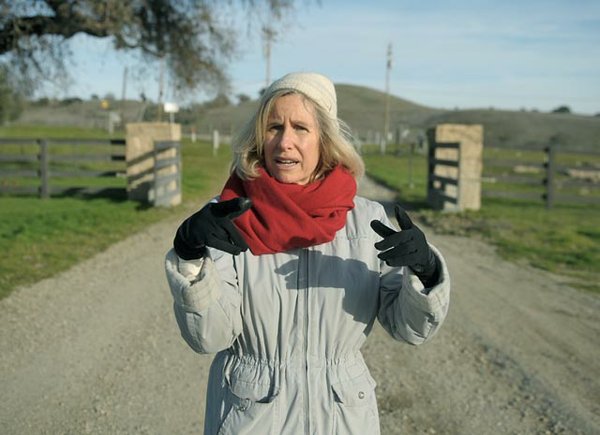
Compared to past meetings, this week’s attendance and commentary was much more lopsided toward the concerned neighbors, with more than a dozen speakers from Ballard Canyon expressing their worries over road safety and arguing that more tasting rooms and special events would make their area more dangerous. Cerene St. Jean, one of Ballard Canyon’s more outspoken and organized residents, passed around a printout of her suggested additions to the rules, which would essentially block tasting rooms and events from any windy country road in the inner rural areas. If it was easier, she suggested, the county could just establish overlays districts on a number of roads that she had listed, banning such activities there.
Save for a couple commenters that criticized the county for not understanding the wine industry and not spending enough time on this ordinance, the winemakers and their supporters proved much less vitriolic than in past meetings. There were mentions about how the new rules might price out the industry’s middle class and stifle natural growth of a winery, but most of the comments from the wine industry were calm requests for clarification and suggestions on other aspects to examine.
But that shouldn’t be taken as an immediate sign that the wine industry is suddenly enamored with the process. As this reporter learned at another event last week, more winemakers are worried about the new rules than ever before, and some have decided to skip these meetings, which may also explain Wednesday’s lower turnout, because they feel they are futile and that the county is not responding adequately to their requests.
If the latter is true, it could prove a decisive error on the wine industry’s part. As the county’s planning director, Glenn Russell, explained on Wednesday about the ordinance: “It may not be everything that a particular individual wants at this point in the process, but it is a balance.” Keeping that balance requires all stakeholders to be part of the process, rain or shine, whether in person or in writing.
Comments on the current ordinance ideas are due by December 4. A draft of the actual ordinance is expected by March 2014, followed by environmental review. The Planning Commission could vote on it by the summer, with the Board of Supervisors stepping up to the plate in the fall of 2014. There will be ample chance for public feedback at every step of that process.

